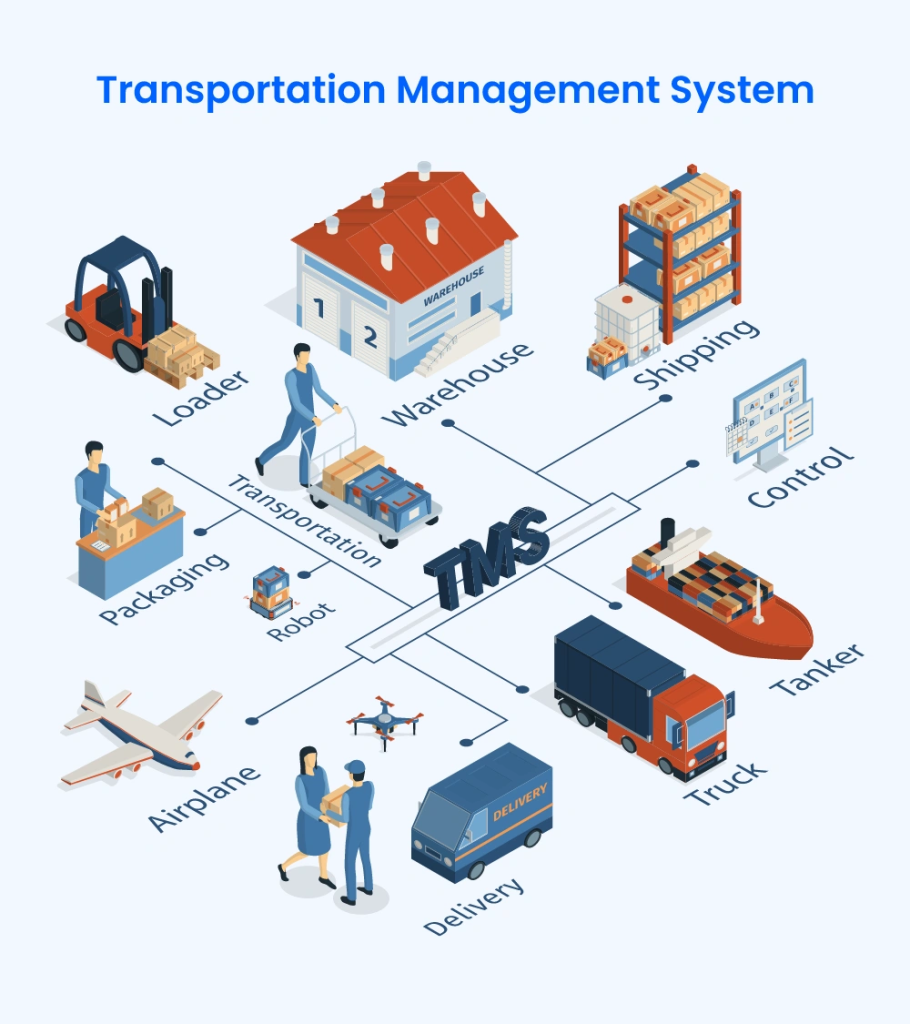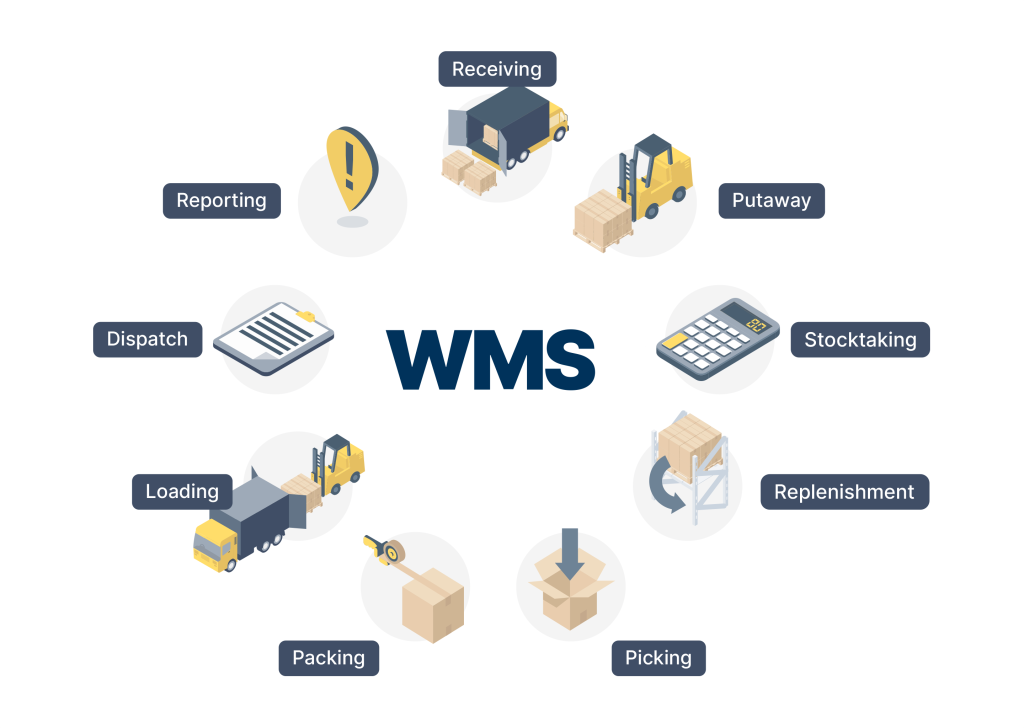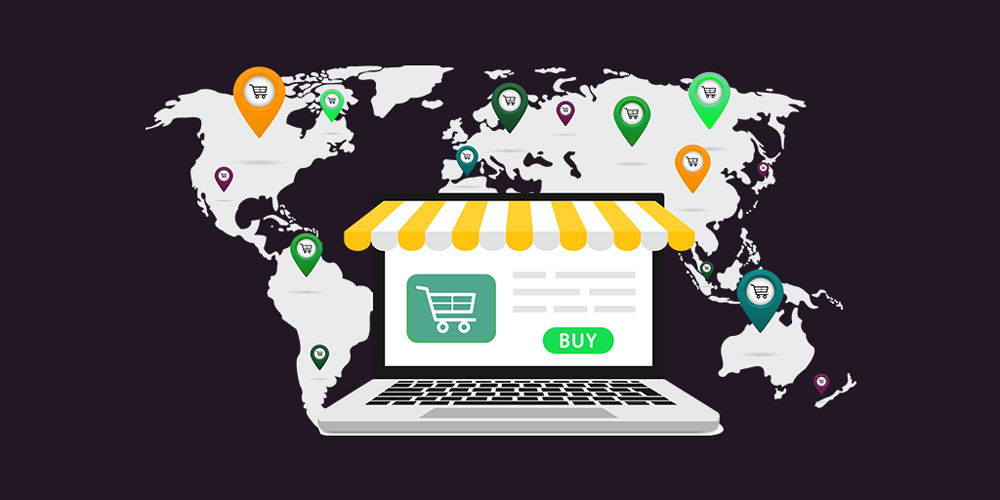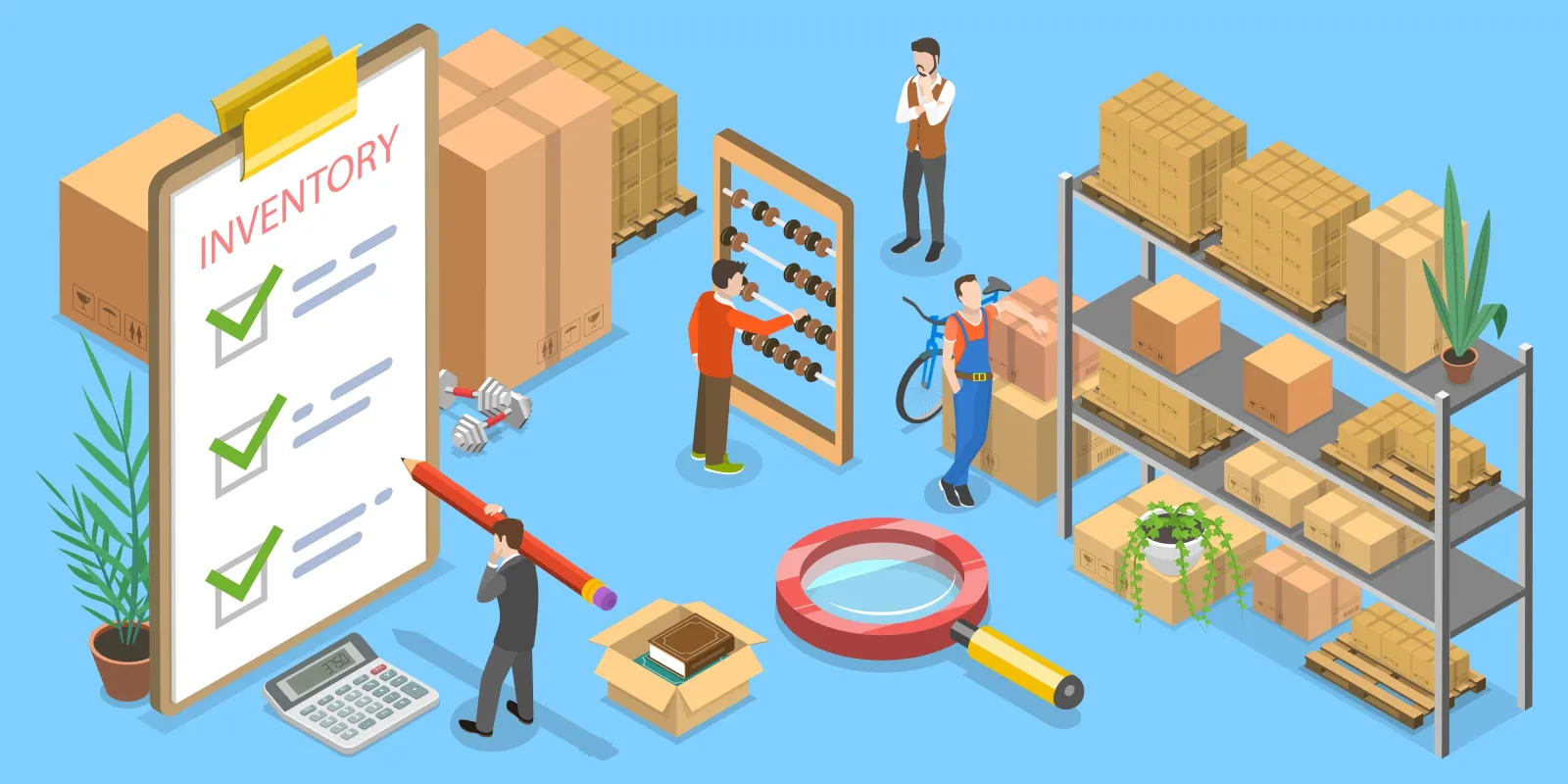TMS interne vs. solutions commerciales : Une comparaison détaillée
Alors que le secteur de la logistique devient de plus en plus axé sur les données et complexe, les entreprises de toutes tailles se tournent vers le Systèmes de gestion des transports (TMS) afin de contrôler les expéditions, de réduire les coûts et d'améliorer la visibilité des livraisons. Cependant, une décision majeure reste à prendre : Faut-il créer un TMS interne ou adopter une solution commerciale (sur étagère) ?
Cet article compare de manière exhaustive TMS interne vs. solutions TMS commercialesLa Commission européenne a publié une série d'articles sur le sujet, en examinant leurs avantages, leurs inconvénients, leurs coûts et les cas d'utilisation idéaux.

Qu'est-ce qu'un TMS ?
A Système de gestion des transports (TMS) est un logiciel qui aide les entreprises à gérer, exécuter et optimiser le mouvement des marchandises tout au long de la chaîne d'approvisionnement. Les fonctionnalités de base sont les suivantes :
- Planification des expéditions et optimisation des chargements
- Sélection de l'opérateur et gestion des tarifs
- Optimisation des itinéraires
- Suivi et visibilité en temps réel
- Audit du fret et analyse des performances

Qu'il soit conçu sur mesure en interne ou qu'il provienne d'un fournisseur, un TMS aide les entreprises à rationaliser leurs opérations logistiques et à améliorer leur rentabilité.
Option 1 : TMS interne
Un TMS interne est un plate-forme sur mesure développée et maintenue par votre équipe informatique interne ou par une agence de développement de logiciels sous contrat. Il est conçu pour s'adapter à vos processus opérationnels spécifiques et à vos règles de gestion.
Les avantages du TMS en interne
1. Personnalisation complète
Vous contrôlez tous les aspects du logiciel - interface, fonctionnalités, intégrations, flux de travail.
2. Avantage de la propriété
Les processus et algorithmes uniques restent confidentiels, ce qui offre des avantages concurrentiels potentiels.
3. Adapté aux opérations
Votre TMS évolue avec votre modèle d'entreprise et peut être adapté à des flux de travail spécifiques.
Inconvénients du TMS en interne
1. Coûts de développement élevés
La mise en place d'un TMS complet à partir de zéro peut nécessiter un investissement important en termes de talents, d'infrastructure et de temps.
2. Longue durée de déploiement
Le développement complet et les tests d'un logiciel personnalisé peuvent prendre de 6 à 18 mois avant sa mise en service.
3. Charge d'entretien permanent
Vous êtes responsable du débogage, des mises à jour, de la formation des utilisateurs et de la sécurité, sans l'aide du fournisseur.
Option 2 : Solutions commerciales TMS
Les plateformes commerciales de TMS sont les systèmes préconstruits fournis par des vendeurs tiers et sont disponibles sous forme de licence ou d'abonnement (SaaS). Parmi les exemples les plus courants, on peut citer Oracle Transportation Management, SAP TM et project44.
Avantages du TMS commercial
1. Une mise en œuvre plus rapide
De nombreuses solutions SaaS permettent un déploiement rapide, souvent en quelques semaines et non en quelques mois.
2. Des coûts initiaux moins élevés
La tarification par abonnement ne nécessite pas de dépenses d'investissement importantes.
3. Accès à l'innovation
Les fournisseurs proposent régulièrement des mises à jour, de nouvelles fonctionnalités et une assistance en matière de conformité.
4. Fiabilité prouvée
Les plateformes établies sont testées dans tous les secteurs et offrent une intégration avec les transporteurs, ERP, WMSet les API.

Les inconvénients du TMS commercial
1. Personnalisation limitée
Bien que flexible, vous devez travailler dans les limites de l'architecture du fournisseur.
2. Frais d'abonnement permanents
Les coûts récurrents peuvent s'accumuler au fil du temps et augmentent souvent avec l'échelle.
3. Dépendance à l'égard des fournisseurs
Vous comptez sur le fournisseur pour les corrections de bogues, les demandes de fonctionnalités et la disponibilité du système.
Tableau de comparaison des clés
| Caractéristique/Critères | TMS interne | TMS commercial |
|---|---|---|
| Personnalisation | Complet | Limité aux capacités de la plate-forme |
| Temps de déploiement | 6-18 mois | De quelques semaines à quelques mois |
| Coût initial | Élevé (CAPEX) | Faible (basé sur l'OPEX) |
| Maintenance | Équipe interne | Gestion par le fournisseur |
| Évolutivité | Nécessité d'une planification interne | Infrastructure de mise à l'échelle intégrée |
| Responsabilité en matière de sécurité | Au sein de votre équipe informatique | Partagé avec le vendeur |
| Intégration | Entièrement contrôlé | Basé sur l'API, mais limité par le fournisseur |
| Vitesse d'innovation | Plus lent | Mises à jour permanentes du fournisseur |
Quand choisir un TMS interne
Un TMS interne peut s'avérer idéal dans les cas suivants
- Vous avez un flux de travail logistique très complexe ou de niche
- La confidentialité des données ou la conformité exigent un contrôle total de l'infrastructure
- Vous disposez d'une équipe technique interne et d'un budget pour soutenir le développement continu.
- Vous souhaitez différencier votre modèle logistique grâce à des systèmes propriétaires
Quand choisir un TMS commercial
Un TMS commercial est mieux adapté si :
- Vous avez besoin d'une solution logistique rapide, évolutive et éprouvée
- Les contraintes budgétaires et temporelles empêchent le développement de logiciels personnalisés
- Votre modèle logistique s'aligne sur les flux de travail standard de l'industrie
- Vous souhaitez bénéficier d'une assistance, de mises à jour fréquentes et d'outils prêts à être intégrés.
Comment PostalParcel vous aide à réussir
Au Colis postalNous sommes spécialisés dans l'aide aux entreprises pour la mise en œuvre de stratégies TMS internes et commerciales. Que vous cherchiez à construire une solution personnalisée ou à intégrer les principaux fournisseurs de SaaS, notre équipe vous assiste :
- Conseil en architecture TMS
- Évaluation et intégration des fournisseurs
- Intégration API et WMS
- Outils d'optimisation et de visibilité des itinéraires
- Tableaux de bord analytiques personnalisés
Nous travaillons avec des fabricants, des détaillants et des 3PL pour garantir que leurs flux de transport sont évolutifs, sécurisés et efficaces, quel que soit le système choisi.
Réflexions finales
Il n'existe pas d'approche unique lorsqu'il s'agit de choisir un TMS. Alors que les solutions internes offrent une personnalisation et un contrôle approfondis, les plateformes commerciales offrent rapidité, assistance et fiabilité. Le bon choix dépend de vos objectifs commerciaux, de votre budget et de vos capacités techniques.
Prêt à explorer vos options TMS ? Contactez PostalParcel pour planifier une session de découverte.
Aperçu de l'industrie
nouvelles via la boîte de réception
Nulla turp dis cursus. Integer liberos euismod pretium faucibua








